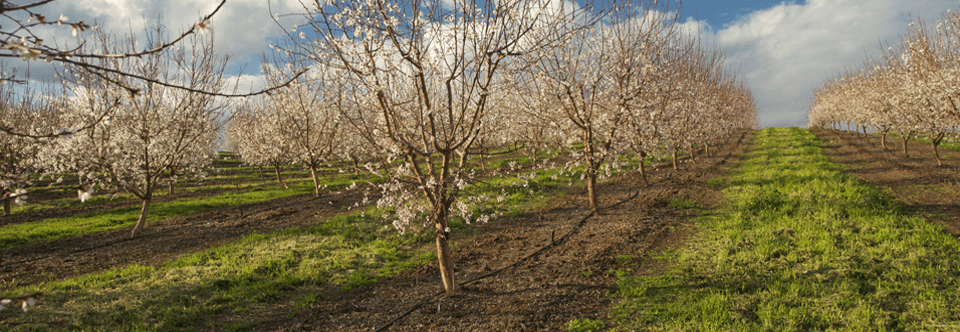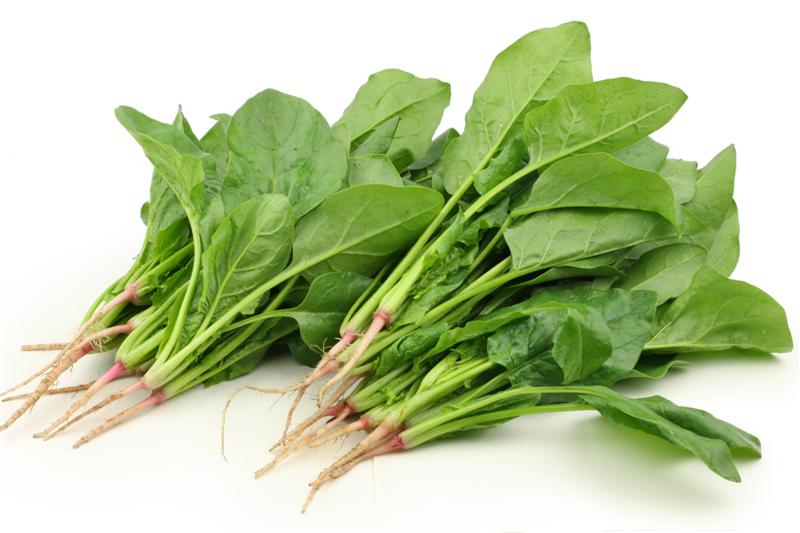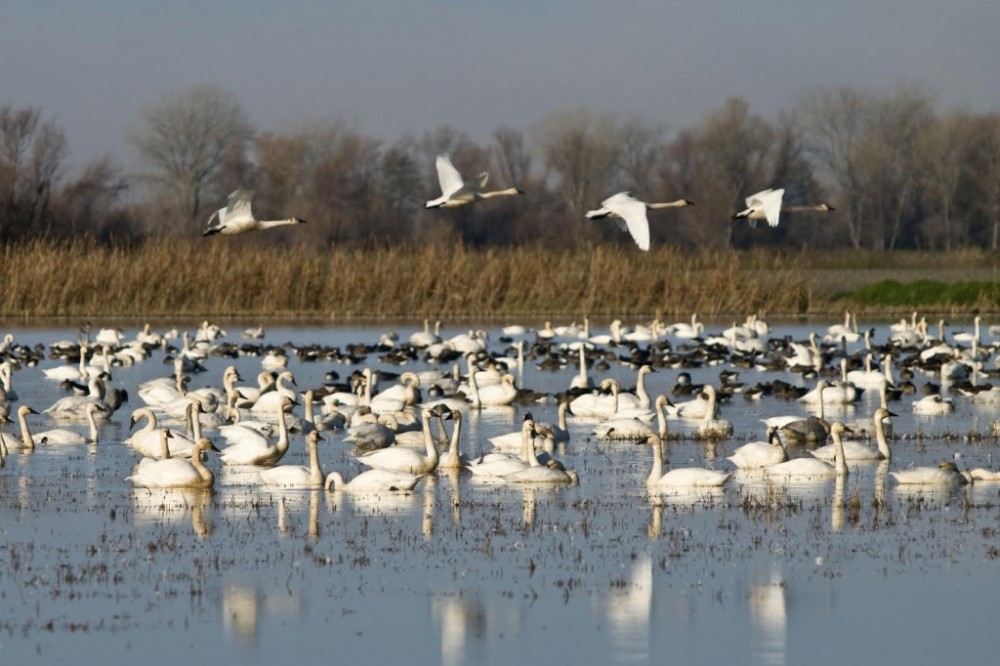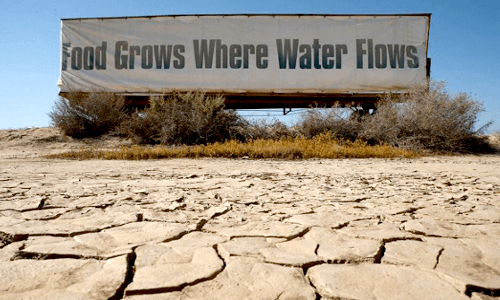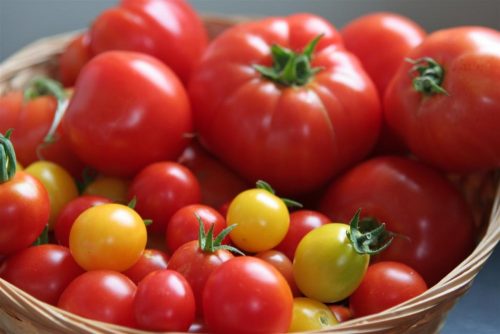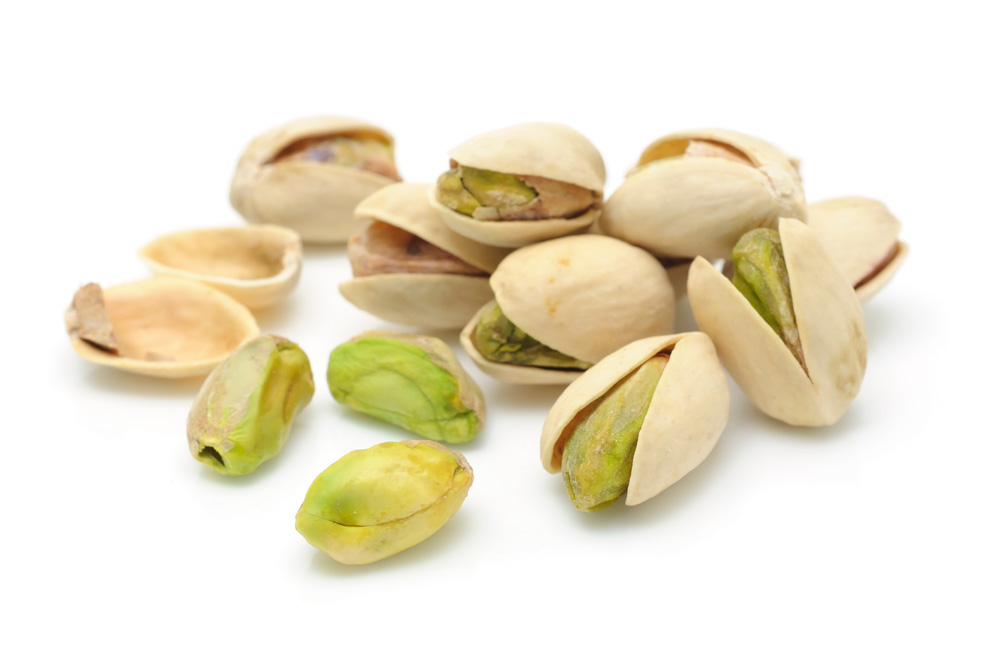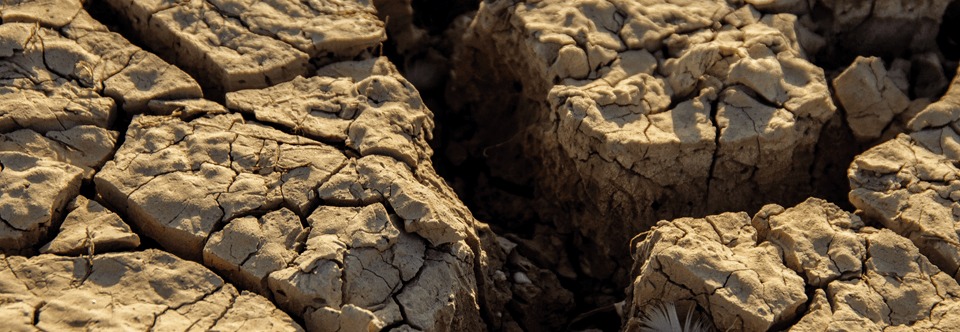[audio src="/Content/FarmWaterMinute/almonds.mp3"]
Did you know that almonds have long been a treasured food? Eaten by pharoahs and traders of the silk road, almonds are even mentioned in the biblical accounts.
Spinach
[audio src="/Content/FarmWaterMinute/Spinach.mp3"]
Spinach is grown nearly all-year long in California. Most California farmers specialize in growing flat spinach! California farmers produce about 75% of the country’s total spinach crop.
California Rice Production
[audio src="/Content/FarmWaterMinute/Rice.mp3"]
California rice production provides approximately 500,000 acres of habitat annually. This habitat provides nearly 60% of the food resources consumed by wintering waterfowl in the Central Valley and is the sustenance for 2.5 million of the 5 million ducks using the Pacific Flyway.
UC study provides look at consequences from water shortages
Below is a statement by Mike Wade, Executive Director of the California Farm Water Coalition. An updated study released today by the California Department of Food and Agriculture and the UC Davis Center for Watershed Sciences provides a glimpse of the consequences of water supply shortages for the state of California. These effects will […]
Discover California Ag in a ‘Farm Water Minute’
Have you been hearing more about California agriculture lately? Learn something new about California’s agriculture by exploring our fast and fun series of radio shorts – Farm Water Minutes!
Continue readingCitrus
[audio src="/Content/FarmWaterMinute/Citrus.mp3"]
California is the leading producer of fresh citrus in the country! California’s citrus farmers grow nearly 77% of the country’s fresh market citrus. (Florida’s citrus primarily goes to making orange juice!)
Processing Tomatoes
[audio src="/Content/FarmWaterMinute/ProcessingTomatoes.mp3"]
California leads the nation in tomato production, producing approximately 95% of the nation’s tomatoes.
3/18/14: Estimate of unplanted acres jumps to 800,000; consumers expected to feel impacts
The California Farm Water Coalition has upgraded its estimate of acres farmers will leave idle this year to 800,000 acres, up from 500,000, because of a lack of water.
“Farmers are still waiting to the last minute to determine their planting schedules this year in hopes that the water situation will improve,” said Mike Wade, Coalition Executive Director. “But if dry conditions continue the number of unplanted acres will go up and as each day passes the prospects of returning to a normal water year evaporates.”
Continue readingCalifornia Pistachios
Today, February 26, is National Pistachio Day! To help celebrate we’ve brought together some fun facts, while some of California’s food bloggers and Setton Farms have teamed up to bring us some very special recipes.
Continue readingLearn More About Agricultural Drought Impacts
Updated 6/13/14: While many farmers will be fallowing, or not planting, their fields simply because there isn’t enough water to meet their needs, the Drought will be felt beyond the farm – impacting related industries and family dinners across the country.
Continue reading